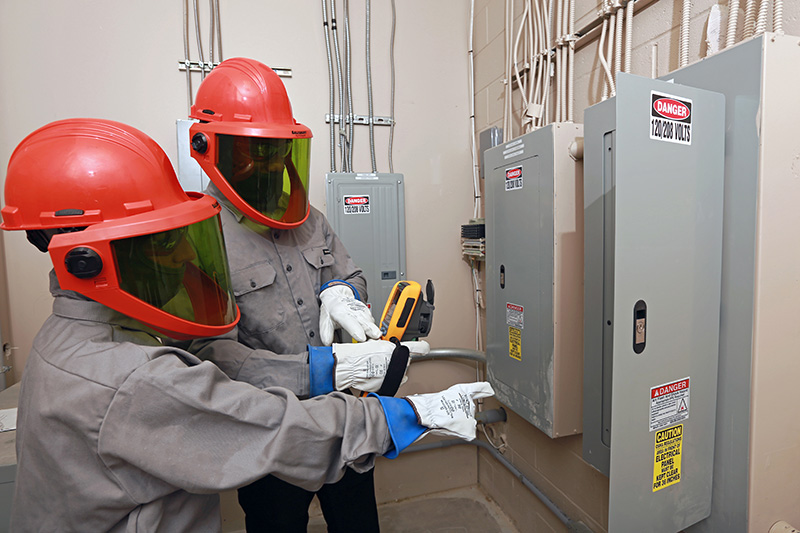NEWS
5 Key Points That Are Touched On During A NFPA 70e Training Course

Electrical safety in the workplace is a significant topic that should be considered. The National Fire Protection Association (NFPA) recognizes this, so they created the NFPA 70E standard, which is designed to protect workers from electrical risks while on the job.
A thorough NFPA 70E training course covers various crucial elements critical for ensuring a safe working environment. In this post, we’ll get at the heart of NFPA 70E training by outlining five critical points every business should consider.
1. An Overview of NFPA 70E and Electrical Safety
NFPA 70E is, at its heart, a comprehensive guideline outlining safety practices for people who deal with electrical equipment and systems. It stresses electrical accident prevention, safeguarding both employees and employers.
Compliance with NFPA 70E is more than just a suggestion; it frequently carries legal and regulatory weight, making it a critical part of occupational safety.
2. Risk Assessment and Hazard Identification
Identifying potential hazards is the first step in ensuring safety. The necessity of risk assessment in identifying electrical dangers in the workplace is emphasized in NFPA 70E training. This entails a thorough examination of the equipment, tasks, and surroundings.
Employers can successfully manage risks by identifying these dangers and implementing appropriate mitigation actions. Creating a risk assessment matrix simplifies the process, allowing you to prioritize and address threats based on severity and likelihood.
3. Establishing an Electrically Safe Work Condition (ESWC)
The electrical safety foundation is an Electrically Safe Work Condition (ESWC). Workers are taught the necessity of locking out and tagging out (LOTO) procedures before performing maintenance or repairs by NFPA 70E.
These methods ensure the equipment is de-energized and isolated, preventing accidental energization and mishaps. Testing for the absence of voltage is an essential step in establishing an ESWC since it provides final confirmation that the equipment is safe to work on.
4. Using Personal Protective Equipment (PPE)
Discussing electrical safety would only be complete with mentioning the significance of Personal Protective Equipment (PPE). NFPA 70E training includes a variety of PPE, such as flame-resistant clothing, safety glasses, gloves, and more. Proper PPE selection, use, and maintenance are critical for protecting employees from potential electrical risks. Understanding the specific PPE needs for various tasks is essential to ensure maximum protection.
5. Arc Flash Hazards and Mitigation
Arc flash events can result in severe injuries and property damage. NFPA 70E training illuminates these hazards, assisting workers in understanding the dangers of arc flashes and blasts. Arc flash bounds and correct labeling are also fully explored. Workers are taught to assess the potential energy level and wear proper PPE to reduce arc flash risks. To mitigate these hazards, knowledge, caution, and adherence to safety measures are required.
In Conclusion
Prioritizing electrical safety is non-negotiable in a world where electrical systems power practically every element of our lives. NFPA 70E training provides workers with the information and skills to maintain a safe workplace. Each essential part covered in the program adds to a comprehensive framework for electrical safety, from risk assessment and hazard identification to developing ESWCs, understanding PPE, and managing arc flash dangers. Workplaces can considerably lower the risk of electrical accidents by applying the guidelines and concepts provided in NFPA 70E training.
Kenneth is a proud native of sydney, born and raised there. However, he pursued his education abroad and studied in Australia. Kenneth has worked as a journalist for almost a decade, making valuable contributions to prominent publications such as Yahoo News and The Verge. Currently, he serves as a journalist for The Hear Up, where he focuses on covering climate and science news. You can reach Kenneth at [email protected].










